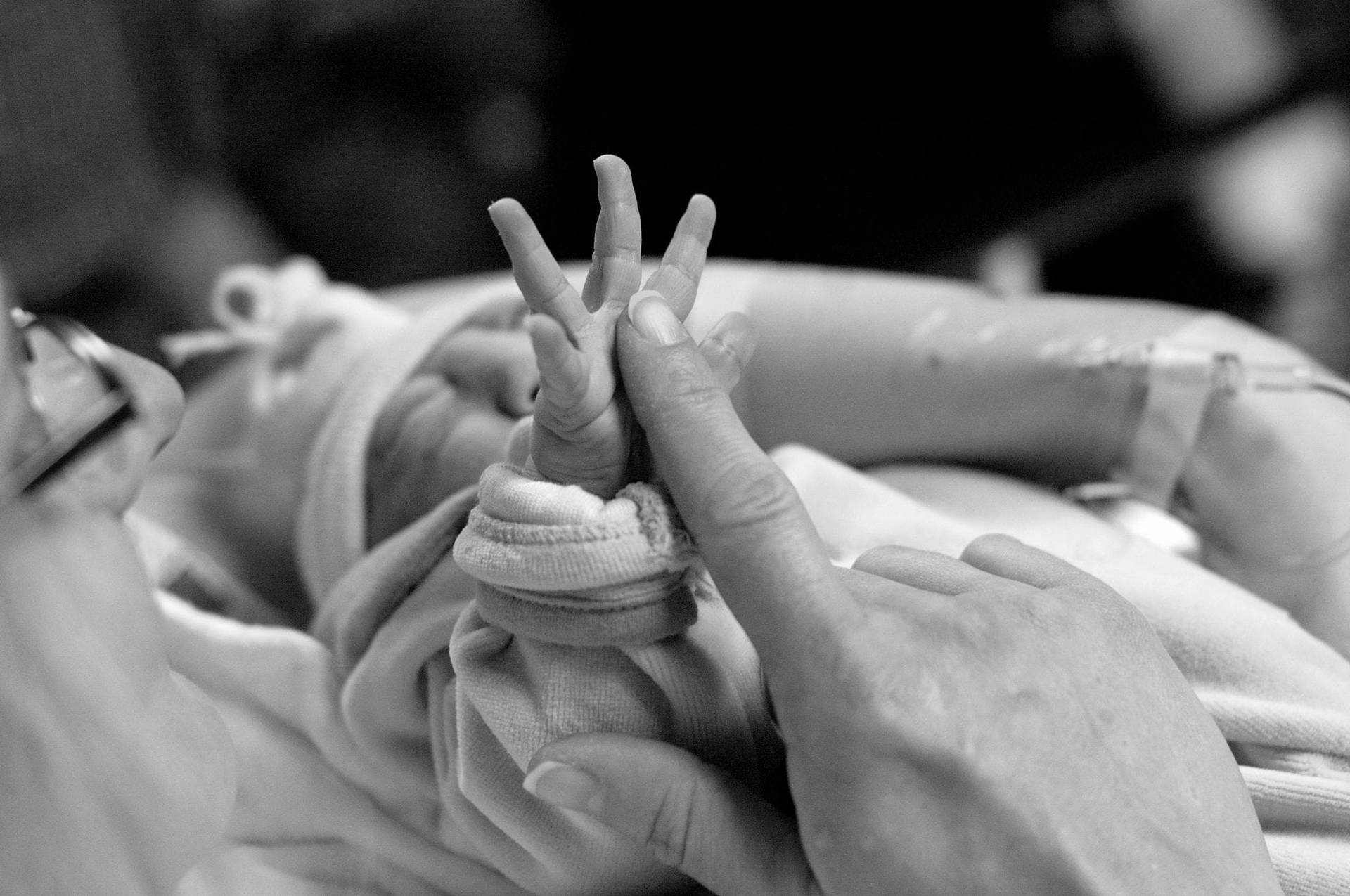As the Oct. 5-19 Synod of Bishops on the family approaches, one much-discussed issue is the process for annulments, a declaration from a church court that a marriage never existed because it didn’t meet one or more of the tests for validity. Many believe the process ought to be sped up, while others think it’s already too easy.
As a former Catholic priest who’s now married, it’s a topic I approach from a fairly unique angle.
I was granted a dispensation from my vow of celibacy in order to marry in record time, less than a year, which prompted a number of friends to compare my process to that of annulments. One such friend, who was going through a painful annulment just as I was in the process of what’s technically known as laicization, was especially vexed at what he considered the “preferential treatment” I received as a cleric.
It’s true that my process was remarkably fast, though the situation may not be representative. I was fast-tracked especially because of concern for the welfare of the disabled child I had fathered several years prior, while I was still acting as a priest. His need for a father’s care put my case in a special category.
More importantly, I was not seeking an annulment of my ordination — an extremely rare occurrence — but merely a dispensation, which is freedom from the discipline of celibacy so as to be able to marry in the Church. This is a much simpler process.
According to Catholic theology, the Church has no power to dissolve a sacramental marriage, or to dissolve the sacrament of holy orders. The annulment process does not break apart a marriage or unmake a priest. It is a formal investigation into the validity of the sacrament to see whether the sacrament actually took place or not.
When granted, annulment is the Church’s declaration that the sacrament was never valid. This investigation tends to take a long time, since the benefit of the doubt goes to the validity of the sacrament, and, in the case of marriage, there are two parties involved, and they don’t always see things the same way.
In my case, my ordination to the priesthood was valid, and I will always be a priest in the eyes of the Church. But I will not be actively practicing my priestly ministry. The Church has dispensed me from my vow of celibacy and so I will no longer present myself as a priest or administer the sacraments, but I still am, in essence, a priest.
I am very sympathetic to the many Catholics who suffer with separation and broken marriages. I worked for several years with divorced and separated Catholics and saw up close the incredible suffering and often the sense of existential failure they face. This is undoubtedly one of the most painful pastoral issues that the Church has to deal with. Divorce is very common among Catholics, nearly as common as for the rest of society.
But for a Catholic who wishes to remarry in the Church, an annulment is necessary, and this can be just as agonizing as the initial separation. It means digging into sometimes horrible memories, embarrassing questions of a very intimate nature, and sometimes exposing oneself to the hostility of the other party.
People can even feel that the Church is working against them, or at least not actively helping them to find the happiness they seek. Obviously, something needs to be done here.
Pope Francis has shown particular sensitivity toward those living in difficult situations, and those who feel marginalized from the life of the Church. The upcoming synod will furnish a good opportunity to study this question in the light of the pastoral experience of those who work with divorced and separated Catholics, and the Pope will surely be looking for creative solutions to streamline the annulment process and assist the faithful who live in “irregular” situations.
This is complicated, however, and it would be disingenuous to gloss over the real issues. The Church wishes to remain faithful to Jesus, who plainly stated that those who divorce and remarry commit adultery. So on one hand, the Church is seeking to be as compassionate and helpful as possible to those who would like to move on from a broken marriage, and yet it can’t just eliminate the parts of Jesus’ teaching that are hardest to live by.
Moreover, the central thrust of the synod won’t be how to make it easier to get out of a bad marriage. The Church will want to send a message to young people that she still believes in marriage and that lifetime commitment — with God’s help — is still possible.
How to combine a robust affirmation of marriage with a renewed commitment to compassion is the Herculean task that awaits the bishops.
















